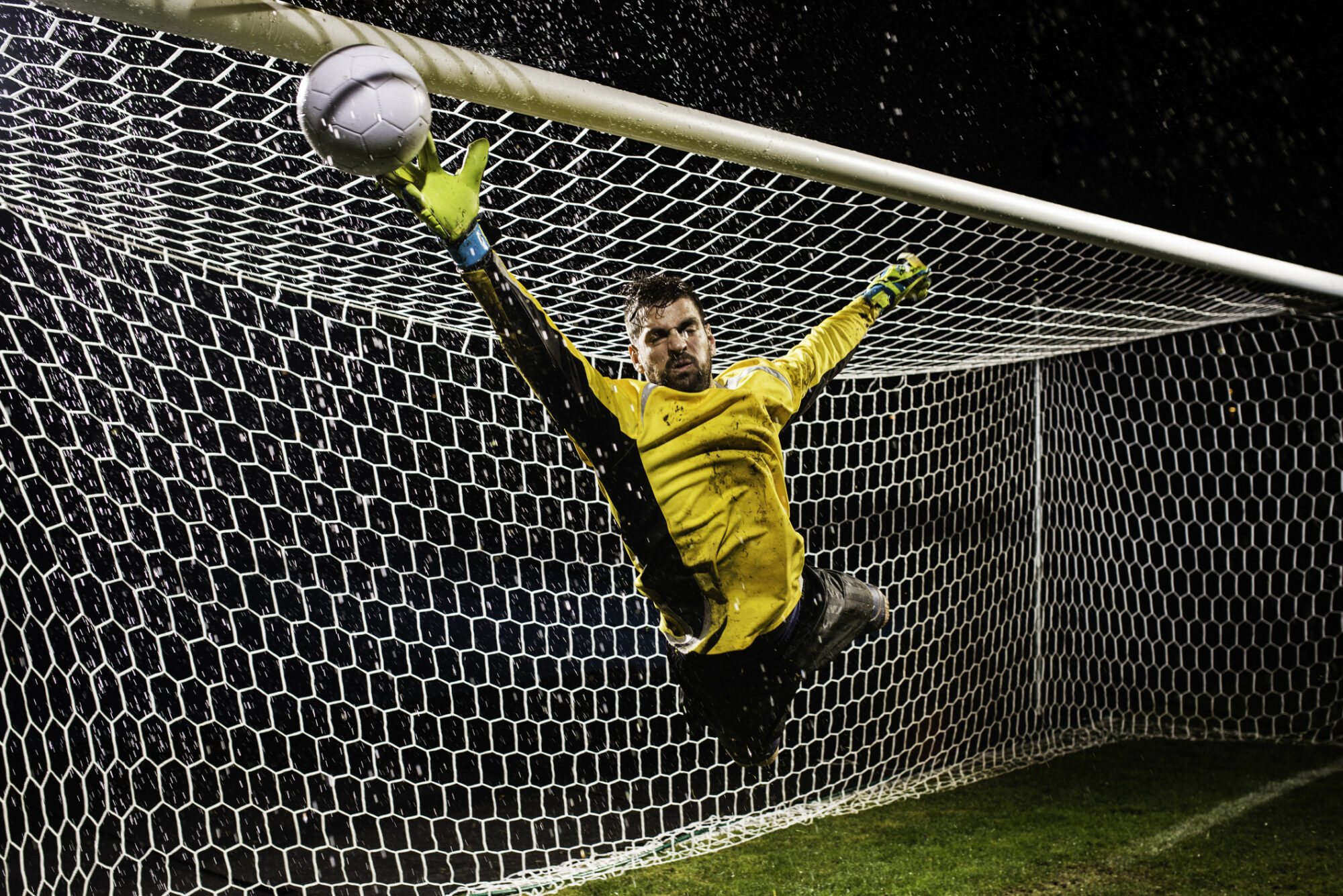
Decoding Concussions: The Relationship between Reaction Time and Athlete Safety and Recovery
We all love sports. Movement is not only an essential aspect of life, but the competition and the skill challenges of sports can bring immense satisfaction and enjoyment. Participating in sports, however, does have its risks and one of those risks is head trauma or concussions. Our awareness of the risks has progressed by leaps and bounds over the past 20 years, but monitoring is still sporadic and subjective, leaving much room for improvement. Reaction time testing could play an important role in helping us detect impairments from head injuries and further improve safety.
Here are a couple of startling facts:
- Shockingly, 10% of athletes engaged in contact sports experience a concussion each year. This issue spans across youth leagues to collegiate and professional levels.
- According to the Centers for Disease Control and Prevention (CDC), the United States sees between 1.6 to 3.8 million sports and recreational-related concussions annually.
These statistics are eye opening, but there is an even more alarming part. A substantial portion of these concussions, between 30-50%, pass by under the radar, remaining undiagnosed or unreported and exposing the athlete to even more severe injury. This discrepancy is largely attributed to the nature of on-field assessments, the players’ subjective reporting of symptoms, and lack of awareness. It underscores a critical need for more precise and objective tools in identifying and addressing these head injuries to ensure the well-being of athletes.
The health and safety of the players must come first, and to do so we must remove sources of personal bias and improve our ability to test for conconcussions. One option is to perform a simple reaction time test when we are suspicious of a potential head injury.
Measuring Reaction Time after Concussions
Reaction time has been shown to be a reliable metric that can be used alongside other metrics and observations to diagnose concussions, and reaction time is utilized in many established diagnostic tools today. A study published within the Journal of Athletic Training demonstrated that immediately following head trauma, reaction time quickly deviates from the individual’s baseline, accompanied by a gradual return to the original baseline through the recovery period. Of the 2,579 participants tested, 356 suffered a concussion. Six hours post injury the individuals completed a reaction time assessment, demonstrating a 13.5 percent degradation in reaction time performance. Reaction time remained degraded even 48 hours after the concussive event occurred.
The use of reaction time as a metric for evaluating cognitive health has been limited by convenience. Reaction time measurements have typically been conducted using computer-based systems in an office setting – away from the field where the injury has occurred. It’s natural then to assume that only the athletes that suffered the most significant head injuries are even tested.
Pison READY provides a much more convenient and accurate way to measure reaction time. As a wrist-worn wearable device, Pison READY can be easily transported to the field and provide an objective measurement of reaction time in less than a minute. This convenience allows players, coaches, and parents to test reaction time before and after every practice or game and even on the sidelines without interrupting the flow of the game. It provides a direct measurement of a player’s neurological health and can be used in many situations – even when there is no obvious concussion but rough play may have led to subconcussive blows that could still affect the athlete’s performance and safety. A worsening of reaction time could indicate impairment from a head injury and could be a signal that the player should seek a full medical evaluation.



